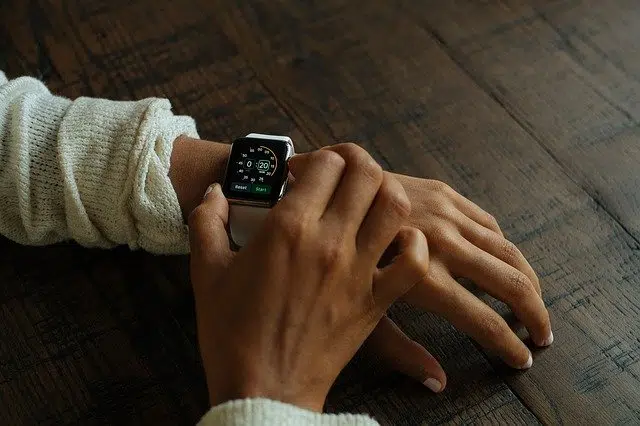
The clock is an instrument that allows us to measure time.
A clock is a device that allows time to be measured and segmented into units (seconds, minutes, hours, etc.). The clock mechanism consists of developing a movement with uniform characteristics, regulating it with a pendulum. This movement is communicated, through wheels, with the needles or hands that indicate the time.
The atomic clock is the most accurate in the world to date, and was built by the National Bureau of Standards ( NIST ), an agency of the United States. Its creators assure that it has a margin of error of just 1 second every thirty million years.
Clocks can be classified as analog (with hands that indicate the time) or digital (they show the time with numbers on an electronic screen). According to ways of use or size, there are wrist watches, pocket watches, wall watches, tower watches and others .
The importance of time measurement
It should be noted that contemporary society places great importance on the measurement of time. With the capitalist system, time is often measured in terms of money, so it is always vital to know the exact time. This means that almost all people have at least one wrist watch to carry with them at all times.
Computers and many home appliances, on the other hand, have a built-in clock. In digital terrestrial television, regional time is distributed along with the programming itself, ensuring perfect synchronization for all users.
The watch was for a long time a symbol of economic and social status . That is why there are luxury watches, which are made with components such as gold or silver and that exhibit an exclusive design .

Nowadays, watches have multiple functions.
History and peculiarities of the watch
The beginnings of human control of the passage of time were based on a simple observation of day and night, as well as the cycles of the moon . The first clock differed greatly from the current ones, both with respect to its shape and size and its mechanism; It was a structure that, due to its location and layout, projected its shadow with sunlight on a circle in which the moments of the day were arranged. It is said to have existed in China around 3000 years before Christ, although it was also adopted by the Egyptians and the Incas. The weak point of these watches, as expected, were hours of low light and cloudy days.
The Romans had an ingenious idea that overcame this impossibility of measuring the passage of hours in moments of low light: it consisted of making small horizontal marks on the candles, arranged lengthwise and giving them a ruler-like appearance, based on the knowledge previous estimate of how much they melted in a given period of time.
From water and sand to mechanical components
The hourglass was undoubtedly one of the most transcendent creations in terms of time and enjoyed great popularity during the 3rd century. However, the fame of its predecessor, the hourglass , was not such a device that used water that was transferred from one container to another. Anyway, the latter was used in Babylon, Egypt, Greece and even Rome.
The birth of the mechanical watch dates back to the first quarter of the last millennium; Documents from Alfonso The oldest clock in the world, dating back to the early 1300s, can be found in Salisbury Cathedral .
